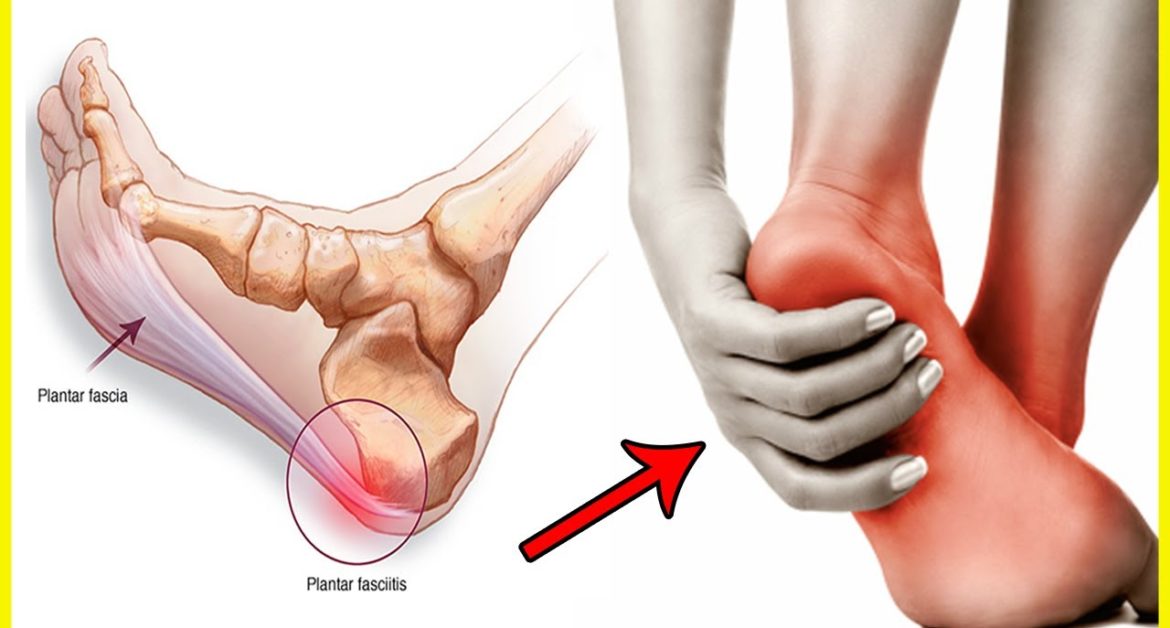Plantar fasciitis is most often seen in middle-aged men and women but can be found across all age groups. The condition is diagnosed by the typical symptom of focal pain deep in the heel area at the bottom of the foot. Often the pain from plantar fasciitis is most severe when you first stand on your feet in the morning. Pain often subsides quite quickly, but then returns after prolonged standing or walking.

Most common symptoms:
• Sharp pain directly underneath the heel.
• Pain that is severe in the morning, especially upon standing after getting out of bed.
• Pain that worsens after prolonged activity or standing.
• Pain that is relieved with rest.
Plantar fasciitis occurs because of irritation to the thick tissue that forms the arch of the foot. This strong and tight tissue is called the plantar fascia. It is also one of the major transmitters of weight across the foot as you walk or run. Therefore, the stress placed on the tissue is tremendous.

When a patient has plantar fasciitis, the connective tissue that forms the arch of the foot becomes inflamed and degenerative. These abnormalities cause plantar fasciitis and can make normal activities quite painful.
Obesity or sudden weight gain: Excess weight can damage the plantar fascia, making it less able to absorb shock, which can lead to heel pain.
Too much pressure on the heels: People who walk a lot, run, or have to stand all day at work sometimes have this problem.
Foot abnormalities: People with over pronation or flat feet are at an increased risk for plantar fasciitis because the entire soles of their feet touch the ground when standing. Similarly, very high arches raise your risk because an excessive amount of pressure is placed on the heel and the ball of the foot when standing or walking.
Wearing the wrong shoes: If shoes don’t fit well, they won’t support the foot. Inadequate footwear can impair walking and put additional stress on the plantar fascia.
How can Physiotherapy help?
Our physiotherapists will complete a thorough assessment to ensure that you have an accurate diagnosis. Once the diagnosis confirms that you are suitable for Physiotherapy, our team will help you make an appointment to commence treatment.
• Reducing your pain
• Reducing the inflammation
• Stretching exercises to improve the flexibility of your ankle and the plantar fascia
• Restoring the range of movement at your foot and ankle
• Improving flexibility of your lower limb
• Gait analysis and training
• Helping you to return to previously aggravating activities
• Use of a night splint to maintain correct ankle and toe positions
• Taping of the foot to provide short-term relief
• Selection of supportive footwear and/or shoe inserts that minimize foot pronation and reduce stress to the plantar fascia.
Dr.Jayakumar M.R, B.P.T, M.P.T (Ortho)
Senior Consultant
Department Of Physiotherapy
Sri Sri Tattva Panchakarma
